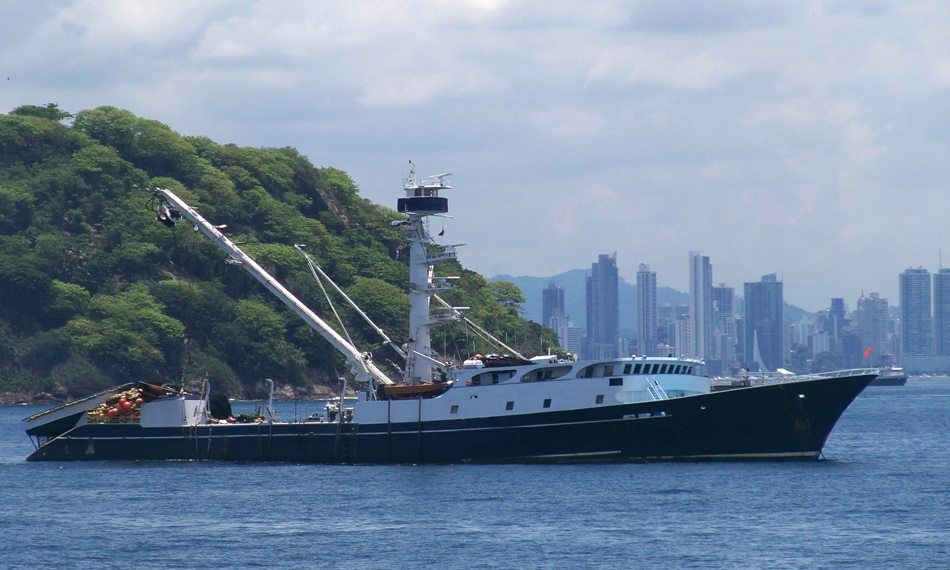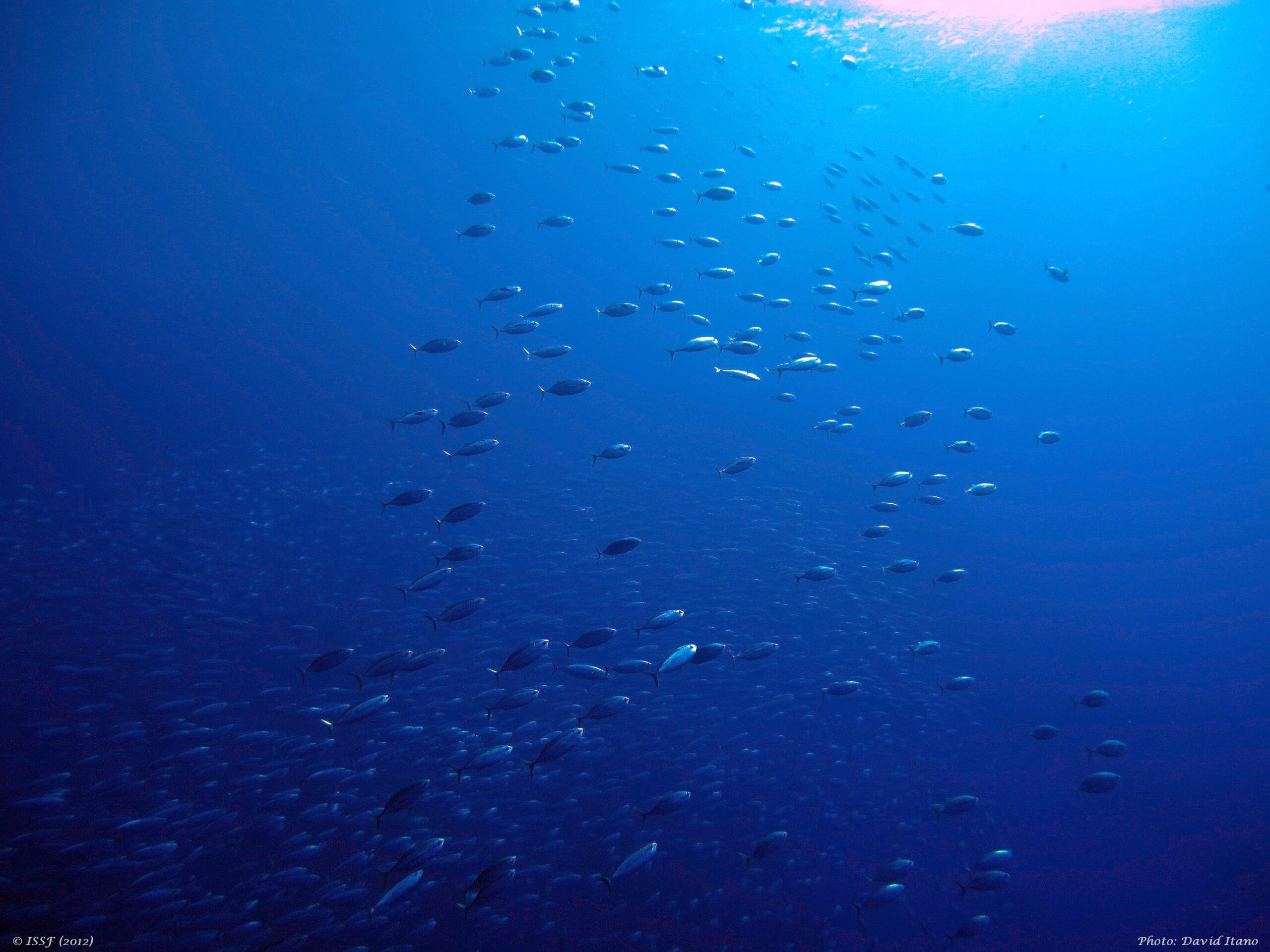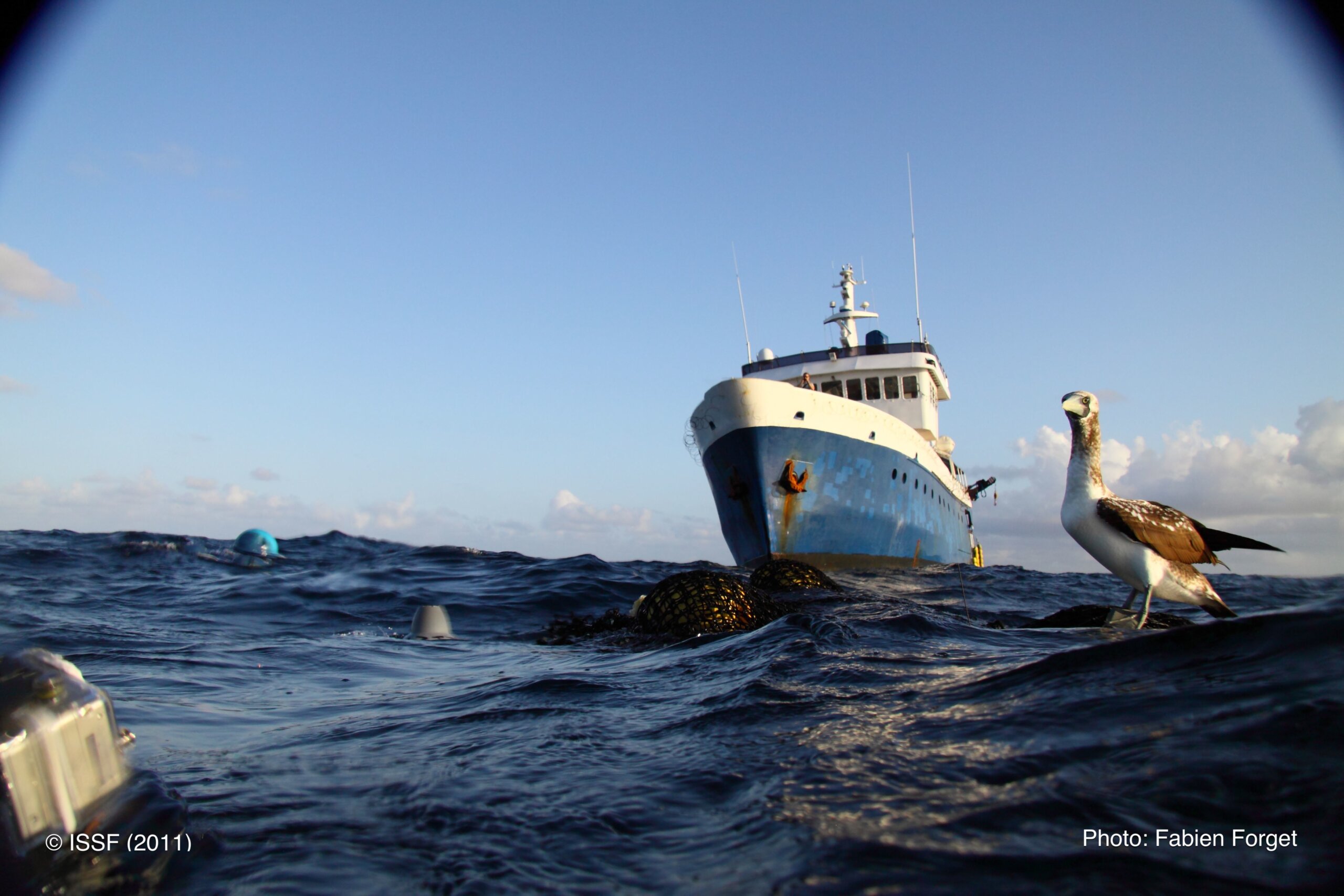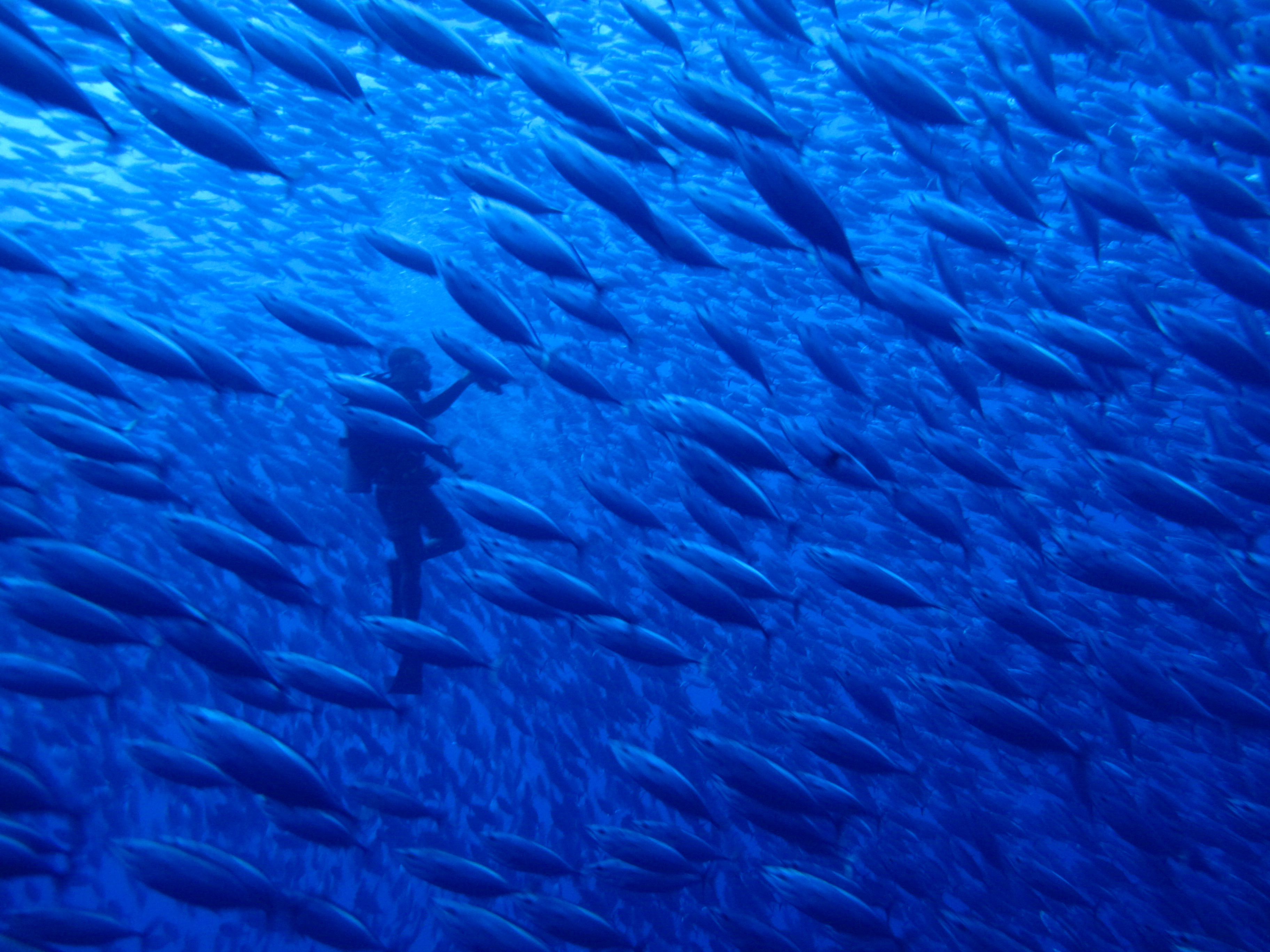
ISSF Releases 2025 Snapshot of Large-Scale Tropical Tuna Purse Seine Fishing Fleets
The International Seafood Sustainability Foundation (ISSF) has released its updated Snapshot of the Large-Scale Tropical Tuna Purse Seine Fishing Fleets report, a unique global assessment of vessel capacity trends in tropical tuna fisheries. The authors estimate that, as of June 2025, 675 large-scale purse-seine (LSPS) vessels are fishing for tropical tuna species — an increase of 3.8% compared to last year — with a combined fish hold volume (FHV) of over 864,000 m3 (cubic meters), representing a less than 0.2% increase from last year in overall fishing capacity.
“ISSF is the only organization that aggregates and analyzes global capacity data for these fleets year over year,” said Dr. Victor Restrepo, ISSF Vice President of Science. “Our snapshot series provides science-based insights to support RFMO and industry decision-making on sustainable tuna fishing capacity management — an issue central to long-term ocean health.”
LSPS vessels, defined as those with at least 335 m³ in FHV, account for the majority of the world’s tropical tuna catch. To update the report, ISSF compiles data from RFMO vessel registries and other sources, focusing on vessels targeting skipjack, yellowfin, and bigeye tuna.
Key Findings from the 2025 Snapshot
- New Vessel Additions: 47 LSPS vessels built after 2012 were added to RFMO authorized vessel lists since the 2024 report, including 11 newly built in 2024 and 2025. More than half are flagged to Indonesia and hover near the 335 m³ threshold.
- Minimal Capacity Growth: While the number of LSPS vessels grew from 650 to 675, total FHV rose only marginally, from 863,100 m³ to 864,700 m³.
- Fleet Turnover: Nine LSPS vessels were removed from the fishery due to scrapping or sinking between 2024 and 2025 — underscoring the need to account for vessel removals alongside new additions when evaluating fleet capacity.
- Transparency on the Rise: 498 of the 675 LSPS vessels (74%) are now listed on ISSF’s independently audited ProActive Vessel Register (PVR), representing 83% of total FHV. The PVR is a voluntary transparency tool highlighting vessel practices that support sustainable tuna fisheries.
- Flagging Patterns: For the first time, the report presents a trend analysis of flag State designations over time, showing that LSPS vessels flagged to developing or emerging economies now outnumber those flagged to developed ones by a ratio of 3.47 — more than double the ratio in the first snapshot released in 2012.
- Global Trends: The estimated total number of all tuna purse-seine vessels worldwide rose by 9%, from 1,939 in 2024 to 2,106 in 2025. The Western and Central Pacific Fisheries Commission (WCPFC) region continues to host the largest number of LSPS vessels (332).
- Cross-Regional Authorization: 12% of LSPS vessels are authorized to fish in more than one RFMO region, complicating capacity management on a regional basis.
Recommendations for Industry and RFMOs
The report offers several recommendations for vessel owners and RFMOs:
- Expand IMO Number Use: IMO number adoption among LSPS vessels has grown from 12% in 2011 to 99% today. ISSF urges further expansion to all vessel types and sizes.
- Improve Vessel Data Accuracy: Greater quality control in RFMO vessel registry submissions is needed to address data gaps.
- Track Active Capacity: All RFMOs should maintain not only lists of authorized vessels but also records of vessels actively fishing each year.
“Tracking tuna fishing capacity with rigor and consistency helps ensure that sustainability efforts keep pace with evolving fleet dynamics,” said Restrepo. “Publishing this data each year is critical to promoting accountability, enabling science-based decisions, and encouraging continuous improvement across the seafood supply chain.”
View the updated report here and a related infographic here.


